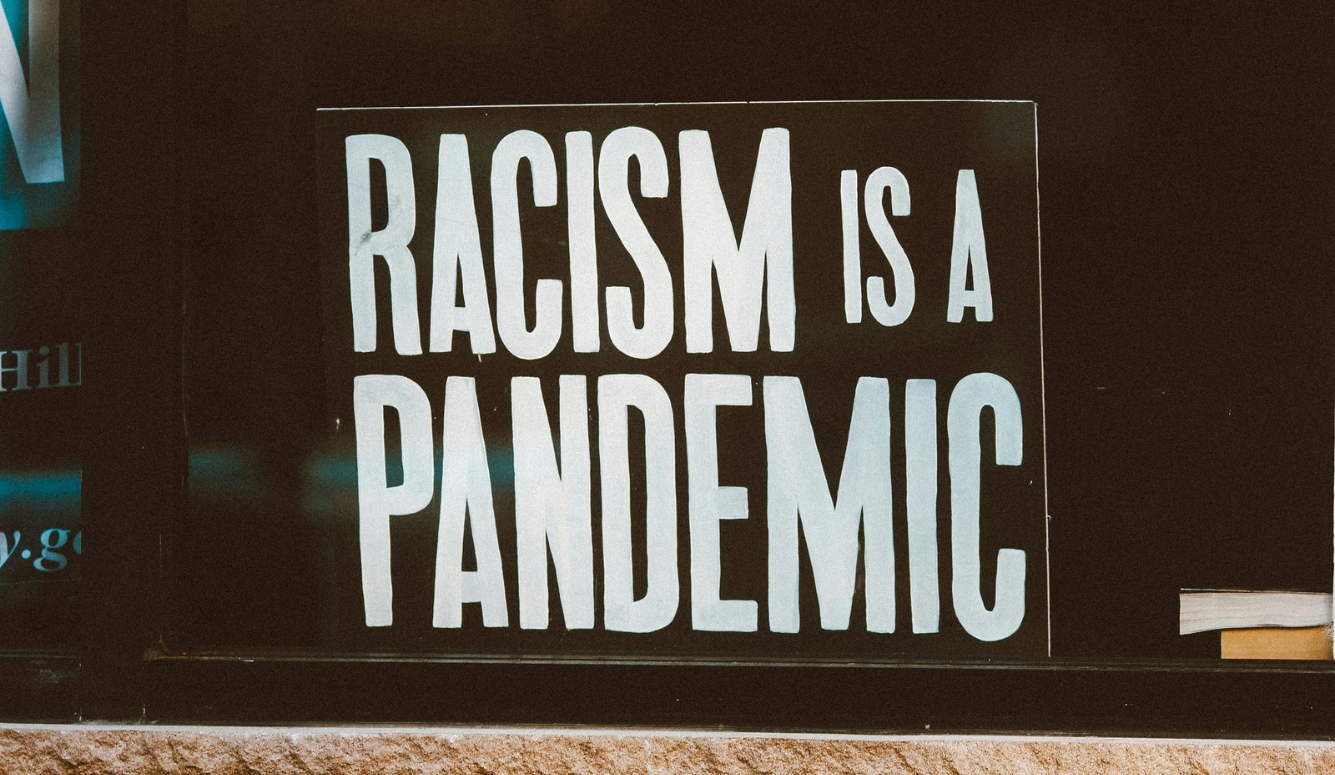critical race theory
Virtuous Lies and Black Despair
Many leftists claim that black Americans are crushed beneath a vast, racist social machinery. It is hard to imagine a more demoralizing message.
· 10 min read

Keep reading
Glamourising Violence at Glastonbury
John Aziz
· 8 min read
From Welfare to Warfare
John Lloyd
· 7 min read
Stealing Australia and Buying New Zealand
Sean Welsh
· 16 min read
After Liberal Internationalism
Matt Johnson
· 21 min read





